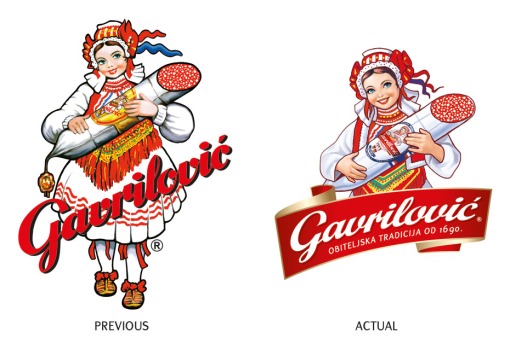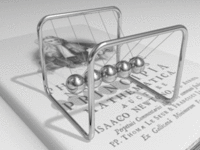by Criney Insalata
During my business travels abroad particularly in Eastern Europe, I always look out for local brands.
Their charm and chintzy qualities allow me a moment to escape the realities of business travel – to experience a little bit of the localness that is otherwise missing from the samey hotels I stay at.
The charm of these local brands cannot be easily replicated. They have forged intimate relationships over the years with local consumers that global brands can only envy.
We all have stories about brands from our childhood. I still remember the poems I read on the back pack of my local favorite crisp brand, Willards, about Zuggy the Monster. I would make-up songs about Zuggy and incessantly pester my mother to buy me this brand of crisps until l could buy it with my own pocket money.

Willards Thingz
Unfortunately, years later, this crisp brand died a slow and agonising death. A death brought on by the shinier and exciting complete-with-frills Pepsi brand.
Like many of my generation, I was utterly seduced by the new brand, such that my once favorite, was no longer good enough.
I watched the brand wilt and collect dust on supermarkets shelves until I stopped noticing altogether. I had moved on. My brand hadn’t. The brutal truth about it is, it wasn’t missed.
But, however the strength, more precisely, the money behind global brands, going local and trying to achieve the same level of intimacy as local brands smacks of disingenuouity. Lets look at Starbucks latest initiative of personalizing the brand experience by calling customers by their first names. My local Starbucks in Brixton has christened me Karen, Creane, Crying, Cringey… when all I want is my regular decaf latte.

Courtesy of Starbucks®
Quite frankly, more than having a fuzzy feeling towards Starbucks, I now actively avoid going there. Yet, for all the endearing qualities of local brands, the reality is they are struggling to defend their home turfs from these sleeker international brands.
Of course, one cannot discount their deep pockets and years of careful brand management. It has to be said that there are also a whole variety of other factors that contribute to the weakness of local brands. For example, the rising Chinese middle classes, the Russian nouveau riche prefer Western/Global brands to local ones, as an indication of their social status. This is due in part, to the Communism legacy that excluded quality or design, as a meaningful measuring criterion for products.
Shaking off this perception of ‘poor quality’ image is particularly hurtful in non-food categories and adds to the woes of local brands.
In addition, consumers have changed, they are now more demanding, super-connected, well-travelled and spoilt for choice.
But some local brands have relied so much on the tried and tested approaches, such that the original brand identity that may have been inspired by the Founder’s wife, has remained exactly the same since inception. Ordinarily, this is the stuff that makes up brand heritage, but in this instance, it signifies staticness, the past and a brand is that is out of touch.
So what can be done to stop what looks like an inevitable journey towards the dreaded confines of childhood memories, for local brands?
Obviously doing nothing in the surge of international brands is not an option. And, simply doing more of the same is not an effective strategy.
But there are a few things local brand owners could do to reverse their fortunes:
- Rebrand and re-energise the brand identity, bringing the brand identity to the same standard as international brands.
- Innovate – Introduce value-added offer on an existing brand or create new sub-brands with international tonality.
- Proactively engage consumers. Local brands can use all the tools available to them to fuel conversations with consumers through social media or other traditional means.
- Consider penetrating foreign markets – Use the Diaspora as potential brand ambassadors, this worked for Efes a Turkish brand now slowly penetrating the UK market.
- Create ‘iconess‘ that celebrates local culture.
- Emphasise quality and assert authenticity.
- Never stagnate and keep evolving the brand story and the offer.
A combination of the above, plus utilizing local knowledge, will put local brands in a strong position against the international brands.
Criney
Share it with your friends:















Devi effettuare l'accesso per postare un commento.